- Description
- Reviews (0)
Description
🐟 Rosy Loach (Petruichthys sp. rosy) Care Guide
Quick Overview
-
Scientific name: Petruichthys sp.
-
Common names: Rosy Loach, Pink Loach
-
Size: 1–1.25 inches (2.5–3 cm)
-
Lifespan: 4–6 years
-
Difficulty: Easy to Intermediate
-
Temperament: Peaceful, social
-
Origin: Myanmar (Burma)
🛖 Tank Setup
-
Tank size: 10 gallons (38 L) minimum (bigger is better for a group)
-
Substrate: Fine sand or smooth gravel (they like to dig and sift!)
-
Plants: Dense planting — Java fern, Anubias, mosses, Vallisneria, etc.
-
Decor: Driftwood, rocks, caves — lots of hiding spots
-
Flow: Moderate — they enjoy a little current
-
Lighting: Low to medium (plants and fish both prefer it a bit dim)
🌡️ Water Parameters
| Parameter | Ideal Range |
|---|---|
| Temperature | 70–78°F (21–26°C) |
| pH | 6.5–7.5 |
| GH (General Hardness) | 4–12 dGH |
| KH (Carbonate Hardness) | 2–6 dKH |
-
Stable, clean water is key.
-
They’re hardy but still appreciate good maintenance.
🐟 Behavior and Tank Mates
-
Schooling fish: Keep 6–10+ — they are much happier in groups.
-
Tank mates:
-
Other peaceful fish (e.g., small rasboras, tetras, dwarf corys, other small loaches)
-
Shrimp-safe (usually, though they might pick at tiny baby shrimp)
-
-
Personality: Curious, active, but a little shy without cover and friends.
🍽️ Diet
-
Type: Omnivores — micro-predators
-
Primary food: High-quality micro-pellets, sinking wafers
-
Favorite treats: Live or frozen foods like daphnia, baby brine shrimp, bloodworms
-
Supplements: Crushed flakes, algae wafers, blanched veggies occasionally
They have small mouths, so tiny foods are best!
🚿 Care Tips
-
Good filtration is important, but avoid blasting flow.
-
Weekly water changes (20–30%) keep them healthy.
-
Soft sand substrate helps prevent barbel (whisker) damage.
-
Provide lots of plants and hides to make them feel safe and bring out their color.
❌ Common Mistakes
-
Keeping too few — they get stressed and dull when alone.
-
Using sharp substrate — can hurt their delicate barbels.
-
Overfeeding fatty foods — keep a balanced diet.
-
Not covering the tank — they can jump!
🎯 Fun Fact
Rosy Loaches are one of the smallest loach species in the hobby — perfect for nano tanks with a gentle setup!
🐟✨ Ideal Rosy Loach Community Tank Combo
Tank size: 15–20 gallons (or bigger)
| Fish/Shrimp Type | How Many | Notes |
|---|---|---|
| Rosy Loaches | 8–10 | Active, centerpiece group |
| Chili Rasboras (Boraras brigittae) | 10–12 | Tiny, colorful, peaceful |
| Dwarf Corydoras (Corydoras pygmaeus or hastatus) | 6–8 | Bottom group, very peaceful |
| Amano Shrimp | 4–6 | Algae control, no risk from loaches |
| Nerite Snails | 2–3 | Extra cleaning crew, safe |
Plants:
-
Java Fern
-
Cryptocoryne
-
Dwarf Sagittaria
-
Anubias Nana
-
Mosses (like Christmas Moss)
Decor:
-
Smooth rocks, small caves, driftwood branches
-
Leaf litter (like Catappa leaves) for natural tannins
Notes:
-
Keep the current gentle with some flowy spots.
-
Add floating plants like Frogbit or Salvinia for dappled lighting.
-
Cover the tank — loaches can jump!
🍽️ Simple Rosy Loach Feeding Schedule
| Day | Food Type | Example |
|---|---|---|
| Monday | High-quality micro pellets | Micro Pellets |
| Tuesday | Live/frozen food | Daphnia or Baby Brine Shrimp |
| Wednesday | Sinking wafer + veggie | Shrimp wafer + tiny zucchini slice |
| Thursday | Micro pellets | Repeat good dry food |
| Friday | Frozen bloodworms (tiny amount) | Treat day! |
| Saturday | Micro pellets | Regular diet |
| Sunday | Fasting Day | Just let them nibble natural biofilm |
Tips:
-
Feed just enough that they eat everything in 2–3 minutes.
-
Remove uneaten food after 10–15 minutes.
-
Variety = color, health, and happy behavior.
Only logged in customers who have purchased this product may leave a review.


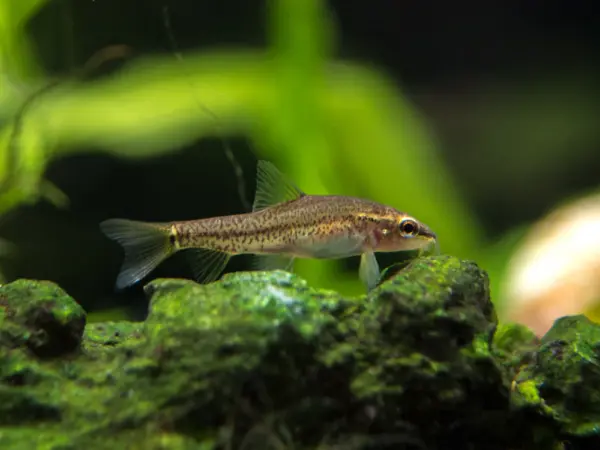
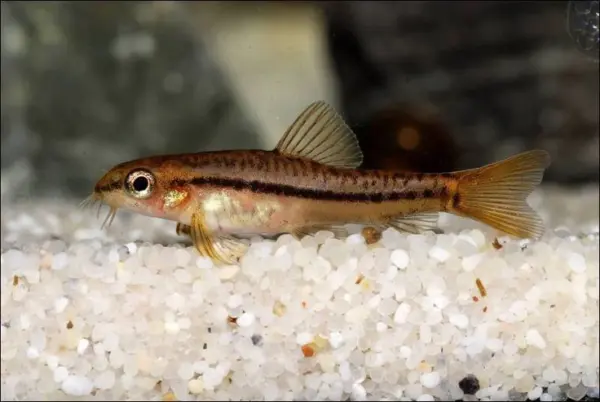
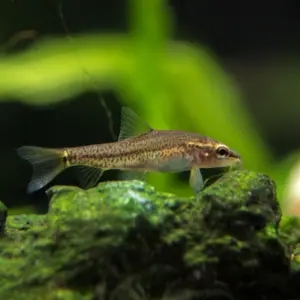
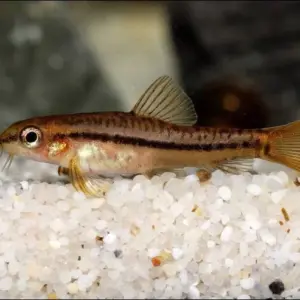
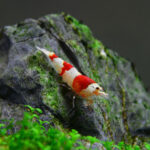
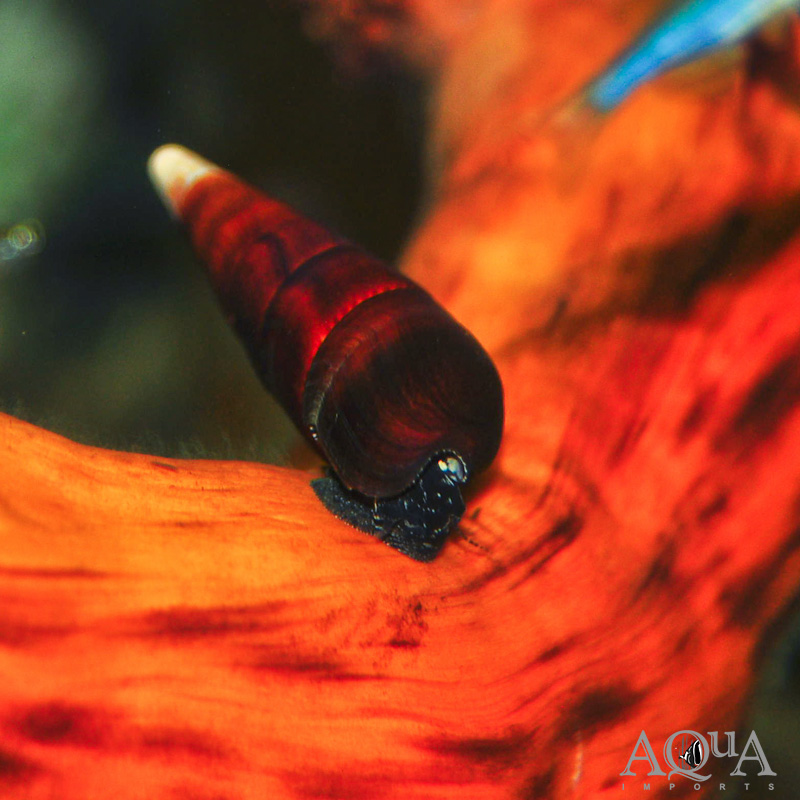
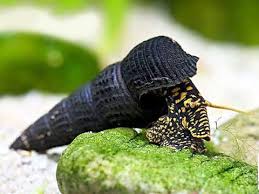
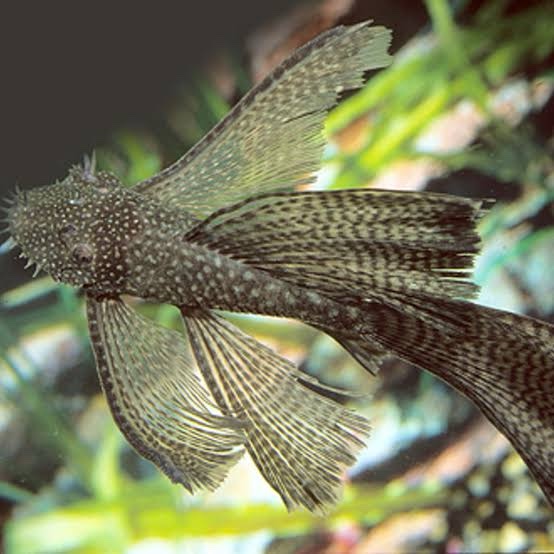
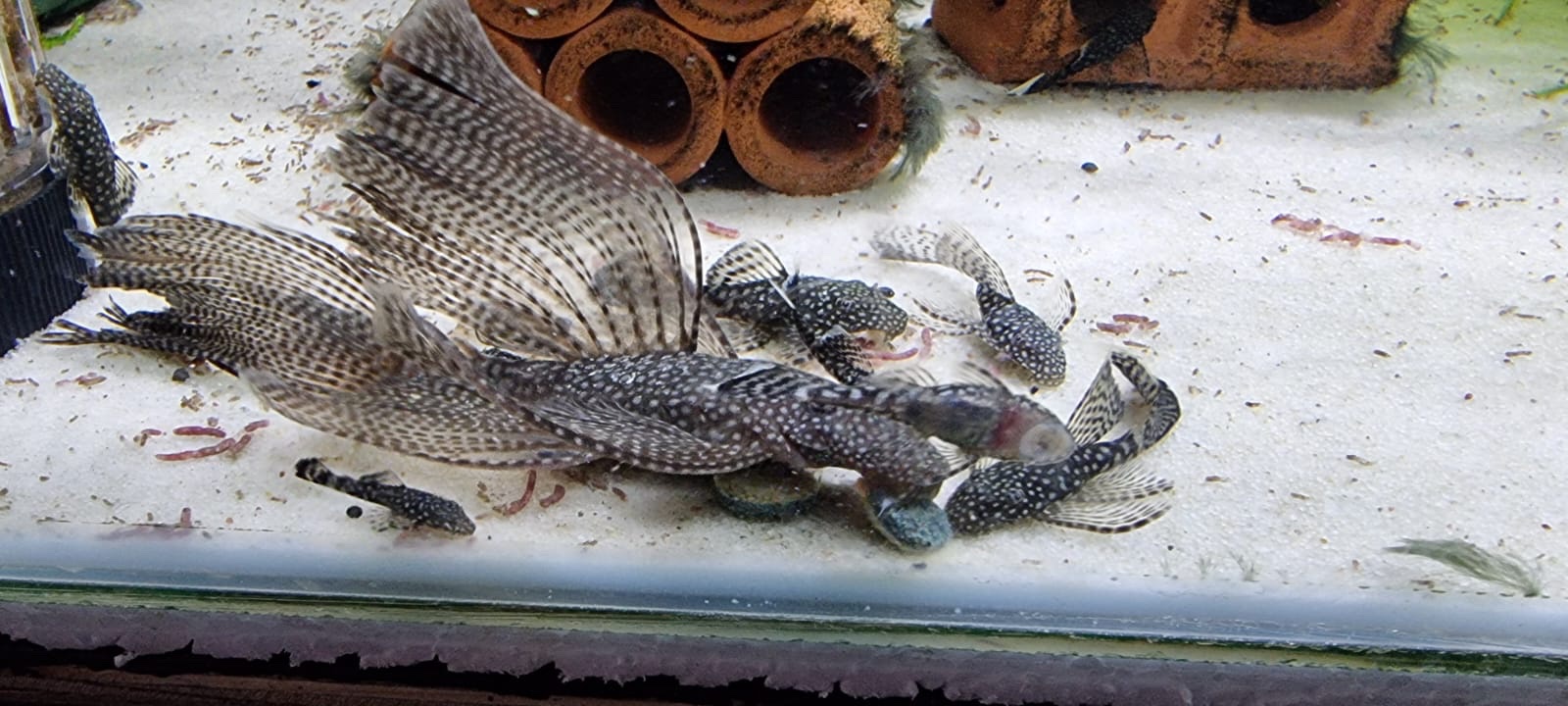
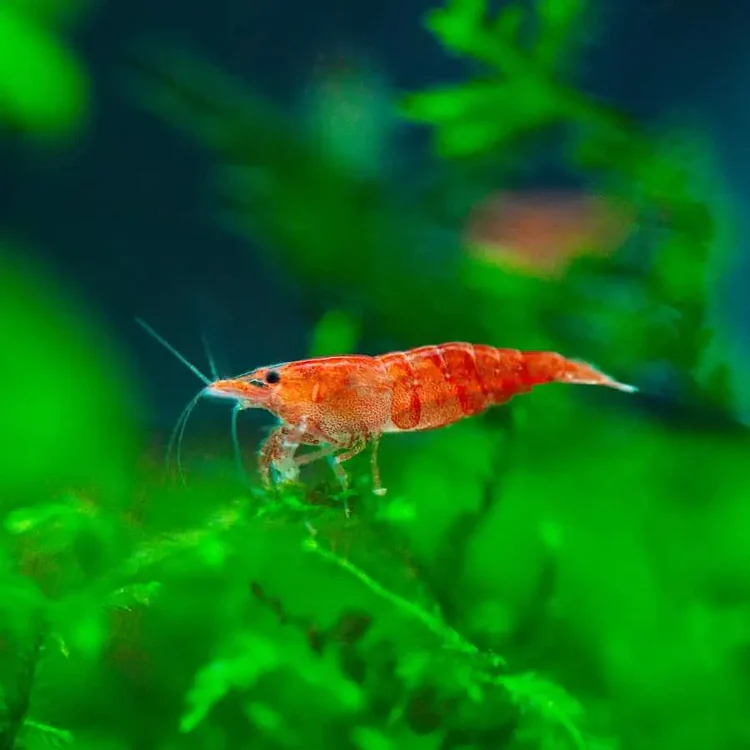
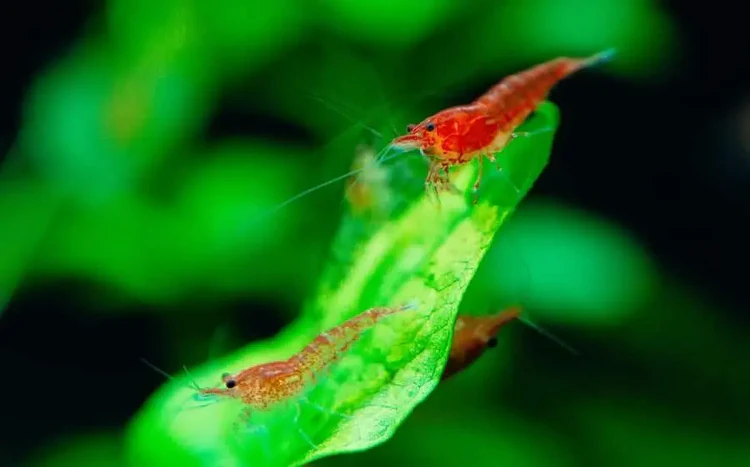
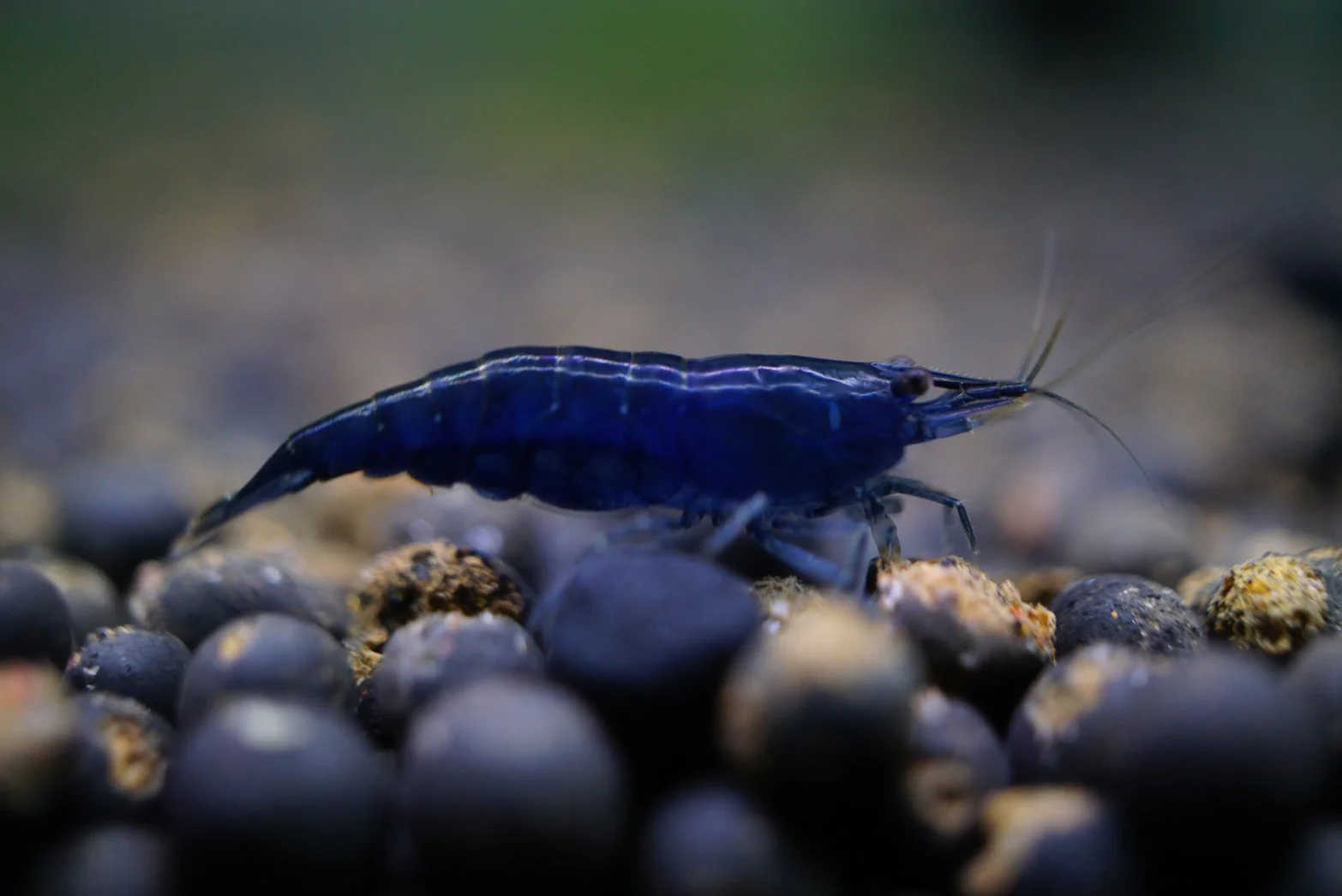
Reviews
There are no reviews yet.